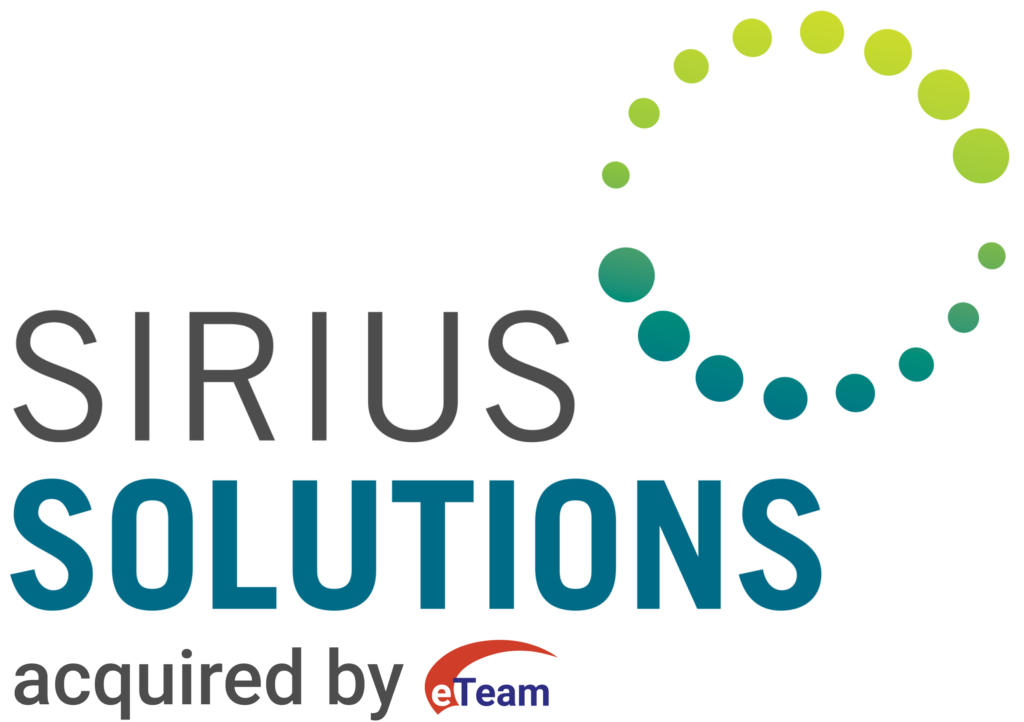Business Forecast Models – Planning For Unusual Conditions
Let’s face it, there is still a great deal of uncertainty around reopening our economy. Yes, most restaurants are operating at 50% capacity, retail stores are mostly open, and life in Houston has moved back to some semblance of normalcy. Yet, uncertainty certainly looms. A second wave for Coronavirus seems probable, more shutdowns could follow, and the price of oil remains unstable.
As we deal with market conditions that seem out of our control, more and more companies are asking the question: how can we develop proactive business strategies and what actions can we take to have better business forecasting models?
In the post-COVID environment, it’s difficult to predict probable outcomes of low oil and gas prices or the impending hurricane season. Companies not only need robust models to assess risk, companies may also need to incorporate new variables in their models. Models need to be morphed to measure results, analyze outcomes, and calibrated to each company’s unique value proposition in this evolving economic environment.
Business forecasting models in the oil and gas industry need to take into account not just the price of oil and gas but the effects of E&P or service companies going into bankruptcy or the effects of 2 million Texans being out of work. Companies need to start planning for edges of reality – planning for improbable conditions and business forecasting models need to be able to:
- Predict cash flows and future value of a company’s assets
- Develop proactive risk management and business strategies
- React to a faster and more unpredictable pace of change
There is no one-size fits all model. Companies should take deliberate steps to reassess their forecasting models by doing the following:
- Assess the model both from a quantitative and qualitative perspective. Assess the quality of outcomes of the existing model vis-à-vis reality. Develop assumptions for new variables that need to be incorporated into the model and how the model needs to be adjusted for current realities.
- Engage in industry analysis to study how these uncertain economic times have impacted your unique industry. The economic impact of COVID-19 has affected each industry differently and even for subsets within an industry. For example, the box store retailers were substantially shut down by stay at home orders shifting consumers to on-line retailers so box store retailers without an existing on-line presence have been impacted more that those with established on-line outlets. Business operations and risks are clearly different for retail, transportation, and oil and gas because economic factors affect each industry differently, and inherently forecasting models are different.
- Assess incorporating a wider range of variables and/or expanding the range of key variables to generate multiple scenarios and outcomes to test robustness.
- Test and refine the model by changing variables and the model itself. Developing uncertainty models takes many iterations.
The pace of change and uncertainties around current economic unrest will continue for the rest of the year. This is not over. Companies need to revisit their business forecasting models and adjust them when necessary to incorporate previously unforeseen variables, allow for wider swings in variables, and more uncertainties. One model does not fit all – companies will need to invest in developing a model that reflects the organization accurately.
Kent Castleman, Director and Tom Bauer – Sirius Solutions, L.L.L.P.
If you would like further information regarding Business Forecasting Models, please complete the form below.
